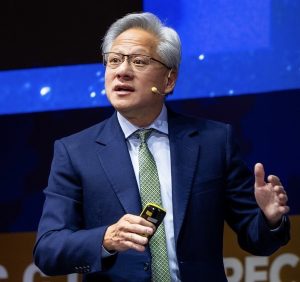Nasscom Sets Up US CEO Forum to Deepen India US Tech Partnership

Photo Credit: @nasscom
India’s apex software industry body, Nasscom, will launch its US CEO Forum at the Consulate General of India in New York on 9 July 2025. The new platform is designed to bring leading Indian technology chiefs face‑to‑face with American policy‑makers, investors, academics and diaspora entrepreneurs, creating a high‑level channel for continuous dialogue on innovation, enterprise growth, regulation and skills.
Nasscom points out that the United States and India already share one of the world’s most forward‑looking technology relationships. From artificial intelligence and cybersecurity to quantum research, green energy and secure supply chains, digital cooperation has become central to both economies. The Forum intends to shift that cooperation from collaboration to co‑creation by helping companies work jointly on emerging technologies, digital public infrastructure, semiconductors and future‑ready talent.
Although the inaugural meeting takes place in New York, Nasscom plans follow‑up sessions across key US tech corridors including Washington DC, Silicon Valley and Texas. By sustaining engagement year‑round, the Forum will build a network of “champions of Indian tech” who can foster joint R&D projects, align regulatory approaches and accelerate investment flows.
The initiative also aligns with the broader vision set by Prime Minister Narendra Modi and President Donald Trump to push bilateral trade toward the USD 500 billion mark. Rajesh Nambiar, President of Nasscom, said Indian technology companies are already powering digital transformation across America while generating jobs and investing in local communities. The Forum, he added, will reinforce “Brand India” by underlining the sector’s role in America’s growth story.
Ultimately, the US CEO Forum seeks to make the India‑US tech corridor a cornerstone of global digital progress, ensuring inclusive economic growth and resilient, innovation‑driven ecosystems on both sides of the Pacific.
Source: The Economic Times




